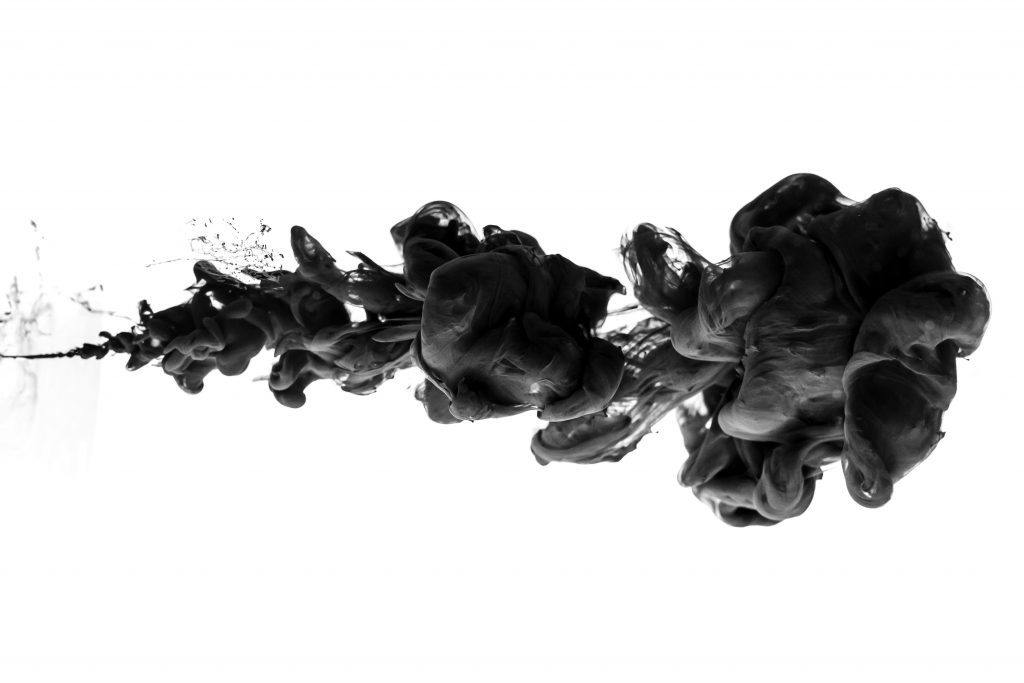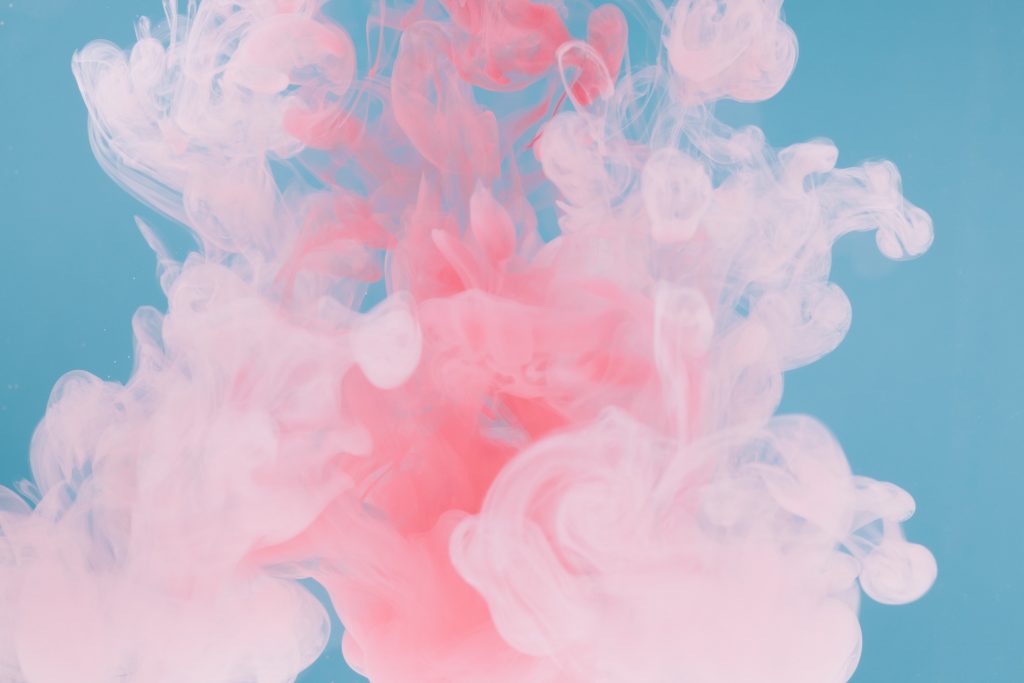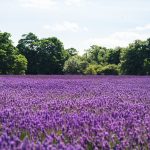
Integrating Herbs with Antibiotics for the Best Treatment Outcome
2021 has brought a record number of ticks, and with that, ever-increasing cases of Lyme-Borreliosis, Anaplasmosis, Babesiosis and other tick-borne illnesses.
Early diagnosis is the first key to treatment success, yet even that is not always easy or obvious given the atypical ways in which tickborne infection can present. Even I missed a tick bite which seemed more like a poison ivy rash – until I came down with a fever and that poison ivy rash developed concentric rings around it!
Thus I was faced with the decision that so many of us face – do I take the antibiotics? For how long? Since they can cause side effects and post-treatment recurrences are not uncommon, what else is important to do to ensure that my Lyme infection doesn’t become a chronic health problem?

The Problem with the Antibiotics-Only Approach: Latency
Long ago, practitioners of Chinese medicine observed that sometimes an illness that was contracted during one season (let’s say summer) did not emerge until the following season (fall or winter). Sometimes this occurred due to the wrong treatment approach, and sometimes simply because the nature of the infection was to stealthily invade the body undetected, then manifest later from a deeper layer of the body (like the nervous system, heart or brain).
The word for this in Chinese pinyin is “Fu” which means something that is hidden and waiting for the right time to spring out and ambush.
Bacteria, viruses and other microbes develop resistance to, and learn how to protect themselves from, the medications that we use to kill them. This is known as anti-microbial resistance, and it is a huge public health problem because it results in the loss of effectiveness of these drugs.
Similarly, there is often a population of the microbes that are left in hiding following a course of antibiotics and they are known as “persister bacteria.” Persisters re-grow after a person stops using antibiotics, leading to a recurrence of the infection. This is a common experience following infections such as Lyme, UTIs, upper respiratory infections, and yeast infections.

What Causes Latency?
One of the most valuable clinical pearls that came out of the ancient observation of latency is that treating illness only with suppressive medicine that is energetically cold (this includes all antibiotics and many antimicrobial herbs) often leads to driving the infection deeper and into hiding (latency), rather than clearing it fully from the body.
On the emotional level, the suppression of feelings leads to latency of emotional energies, which can lead to physical ailments and compromise our capacity to heal. In the words of Nelson Mandela, “When a deep injury is done to us, we never heal until we forgive.”
Chinese medicine involves strategies that guide the pathogens out of the body to encourage full resolution of illness, and ensures that no recurrence or chronicity occurs.

Techniques for Guiding Pathogens Out of the Body
The following strategies should be used any time there is an infection (bacterial, viral, or fungal) or toxin affecting the body. These tools can be applied in both acute and chronic health events — anytime there are symptoms of inflammation, the immune system is seeking to resolve and eliminate a pathogen or toxin.
- In addition to any antibiotic medication or herbs that are being prescribed, take at least as many light aromatic herbs that are used traditionally to guide pathogens out through the exterior (pores) of the body. Some examples include mint, cinnamon twig or leaf, bupleurum, chrysanthemum, kudzu, forsythia, honeysuckle flower, and black cohosh.
- Encourage elimination so that the exit doors of the body are wide open. In other words, sweat via detox baths, saunas and exercise; drink lots of spring water to encourage flushing through urination; do some colon cleansing or take a gentle laxative to encourage increased bowel movements; and do some deep, cleansing breathing practices such as Skull Shining Breath (Kapalibhati).
- If you are contending with a chronic or recurrent infection, understand that you must address the problems of antimicrobial resistance, persister bacteria, and possibly biofilm. Your treatment must include herbs and supplements to address these confounding conditions. Some of my favorites include:
- D-mannose for UTI’s
- Gynostemma pentaphyllum herb (jiao gu lan) or colloidal silver for antimicrobial resistance
- Black walnut hull, cat’s claw, garlic, or cryptolepsis for persisters
- Lumbrokinase or nattokinase for biofilm

Prevention of Latency
Overuse of antibiotics, too many vaccinations, and excessive stress and toxin exposure causes early and accelerated aging as the body uses precious resources to hold more and more unresolved toxins, infections and emotions in the tissues.
At some point a tipping point is reached as we age. Loss of latency occurs, and illness emerges from within (typically a chronic illness, autoimmunity or cancer). We find ourselves facing one chronic health problem after another throughout our middle and older decades of life.
My vision of health for myself, my family and my patients involves the ability to prevent the accumulation of toxins (including toxic emotions) and latent infections by treating these events and exposures properly in the moment.
This means avoiding suppressing and repressing – allow fevers to take their course. Speak from the heart when there is emotional stasis in a relationship. Use plants and other elemental forces (the sun, clean water, the earth itself) to support the release of toxins, emotions, and pathogens.
In this way we can learn to clear disease-causing influences from our bodies and lives as they come, and hang on to very little of these factors. The result is a strong resilient immune system, a sense of lightness and flexibility, and the potential for a long, unburdened life.

Yours in Health,







Thanks for your post, can you clarify which
Gynostemma you refer to? Sylvestris, does not seem to be associated with Jiao gu lan but Pentaphyllum does.
thanks for any clarification
Nicole, thank you! We have corrected the species name for Jiao Gu Lan.